Diamond Series Euphorbia, commonly known as Diamond Euphorbia, is a captivating group of succulent plants celebrated for their unique diamond-shaped leaves and vibrant colors. These hardy plants are perfect for gardeners looking to add texture and interest to their indoor or outdoor spaces. Here’s everything you need to know about growing and caring for Diamond Series Euphorbia.
Definition and Benefits of Diamond Series Euphorbia plants
Diamond Series Euphorbia refers to a collection of cultivars known for their striking leaf patterns and colors. Here are some key benefits:
- Aesthetic Appeal: The geometric shapes and vibrant hues make these plants a stunning focal point in any garden or home.
- Low Maintenance: Diamond Euphorbias are drought-tolerant and require minimal care, making them suitable for both novice and experienced gardeners.
- Versatile Uses: They can be grown in containers, rock gardens, or as part of mixed succulent arrangements.
- Air Purification: Like many houseplants, Diamond Euphorbia helps improve indoor air quality by filtering toxins.
Basics of Diamond Series Euphorbia
- Common Name: Diamond Euphorbia
- Botanical Name: Euphorbia spp. (various cultivars in the Diamond Series)
- Family: Euphorbiaceae
- Plant Type: Succulent perennial
- Mature Size: 12–24 inches tall, depending on the cultivar
- Sun Exposure: Full sun to partial shade
- Soil Type: Well-draining cactus or succulent mix
- Soil pH: Neutral to slightly acidic (6.0 to 7.0)
- Bloom Time: Spring to summer (some varieties may not bloom indoors)
- Flower Color: Yellow or white
- Hardiness Zones: 9-11 (USDA), may be grown as a houseplant in cooler climates
- Native Area: Native to various regions, including Africa and the Americas
Choosing Which Diamond Euphorbia to Grow
The Diamond Series includes several popular cultivars, each with unique characteristics:
1. Euphorbia Diamond Frost
- Description: Features delicate, lacy foliage with tiny white flowers, offering a soft, airy look.
- Ideal Uses: Perfect for containers and hanging baskets, adding a whimsical touch to arrangements.
2. Euphorbia Diamond Snow
- Description: This cultivar showcases bright white bracts with a compact growth habit, ideal for brightening up gardens.
- Ideal Uses: Excellent for borders, mixed plantings, or as a focal point in ornamental gardens.
3. Euphorbia Diamond Delight
- Description: Known for its colorful, variegated leaves that bring warmth to any space.
- Ideal Uses: Great for indoor pots, succulent gardens, or as part of a vibrant outdoor display.
When to Plant Diamond Series Euphorbia
Getting the Planting Site Ready
Choose a well-draining cactus or succulent potting mix. Ensure that containers have drainage holes to prevent waterlogging.
Timing for Planting
- Indoors: You can plant or repot Diamond Euphorbia at any time, although spring is ideal for promoting growth.
- Outdoors: Plant in spring after the last frost date for best results.
Specific Timing for Different Regions
- Tropical Areas: Plant year-round, as temperatures are generally favorable.
- Temperate Regions: Best to plant in late spring to early summer.
Growing Diamond Series Euphorbia
Planting Location
Diamond Euphorbias thrive in bright light. They prefer full sun but can tolerate partial shade, particularly in hotter climates. Ideal locations include south or west-facing windows for indoor plants.
Spacing
If planting multiple euphorbias, space them about 12 to 18 inches apart to allow for their growth and promote air circulation.
Care and Maintenance
Watering
Water Diamond Euphorbia when the top inch of soil feels dry. They prefer to dry out completely between waterings, as overwatering can lead to root rot. Ensure proper drainage.
Fertilization
Feed with a balanced, water-soluble fertilizer every 4-6 weeks during the growing season (spring and summer). Reduce or stop fertilizing in the fall and winter when growth slows.
Pruning and Maintenance
Remove any dead or damaged leaves to maintain the plant’s appearance. Pruning can help shape the plant and promote bushier growth.
Pest and Disease Management
Diamond Euphorbias are generally pest-resistant but can attract mealybugs or aphids. Monitor your plants regularly, and if infestations occur, treat with insecticidal soap or neem oil.
Pests and Diseases
Identifying and Treating Diseases
Common issues include root rot from overwatering and powdery mildew due to high humidity. Ensure good drainage and avoid water pooling at the bottom of the pot. Remove any infected parts of the plant promptly.
Identifying and Fixing Signs of Distress
Watch for signs such as yellowing leaves or wilting, which may indicate overwatering or underwatering. Adjust your care routine accordingly.
Planting Diamond Euphorbia in the Garden
How to Use Diamond Euphorbia
These plants can be used in containers, rock gardens, or mixed succulent arrangements. Their striking appearance makes them excellent focal points or fillers in garden beds.
Companion Planting
Pair Diamond Euphorbia with other drought-tolerant plants like succulents, cacti, or Mediterranean herbs to create a harmonious garden environment.
End of Season Care for Diamond Euphorbia
As the growing season comes to an end, consider the following care tips:
- Indoor Plants: Continue regular care until the plant goes dormant in winter. Reduce watering during the dormant period.
- Outdoor Plants: In cooler climates, bring potted euphorbias indoors before frost hits to protect them.
Propagation
Diamond Euphorbias can be propagated through stem cuttings or division. Allow cuttings to callus for a day before planting in well-draining soil.
Additional Tips for Successful Growth
- Humidity: Diamond Euphorbias prefer low humidity. Ensure good air circulation, especially indoors.
- Temperature: Ideal temperatures range from 65-85°F (18-29°C). Protect them from extreme cold and drafts.
- Soil Quality: Use a high-quality, well-draining cactus or succulent mix to support healthy growth.


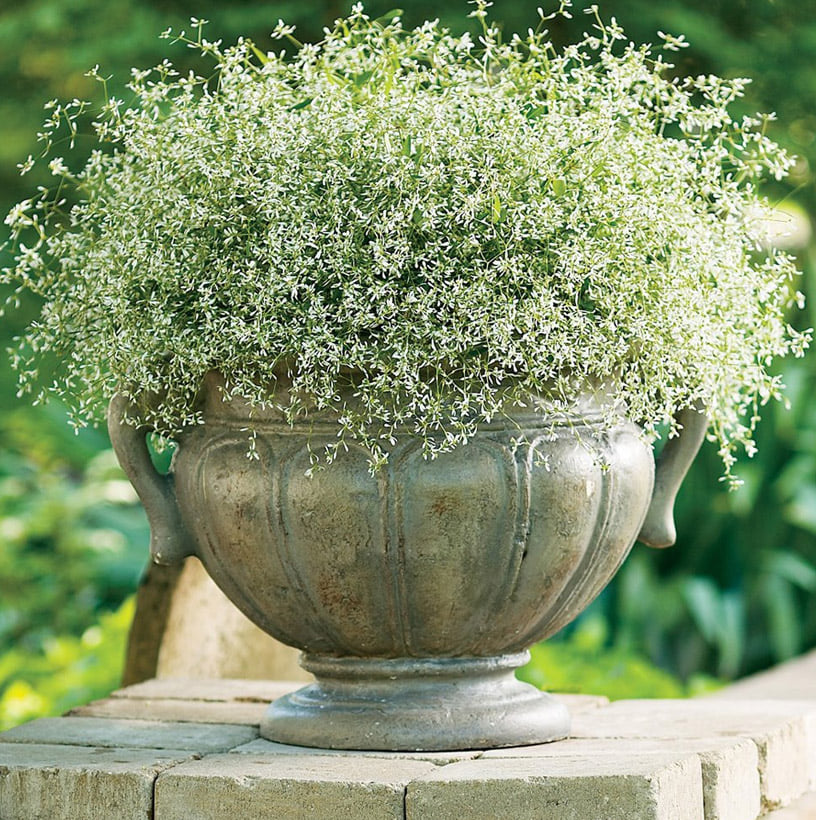
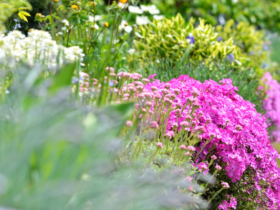
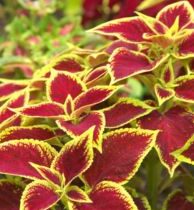
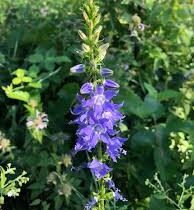
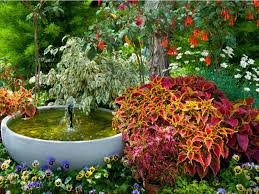
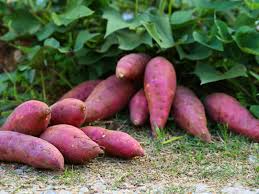
Leave a Reply
View Comments